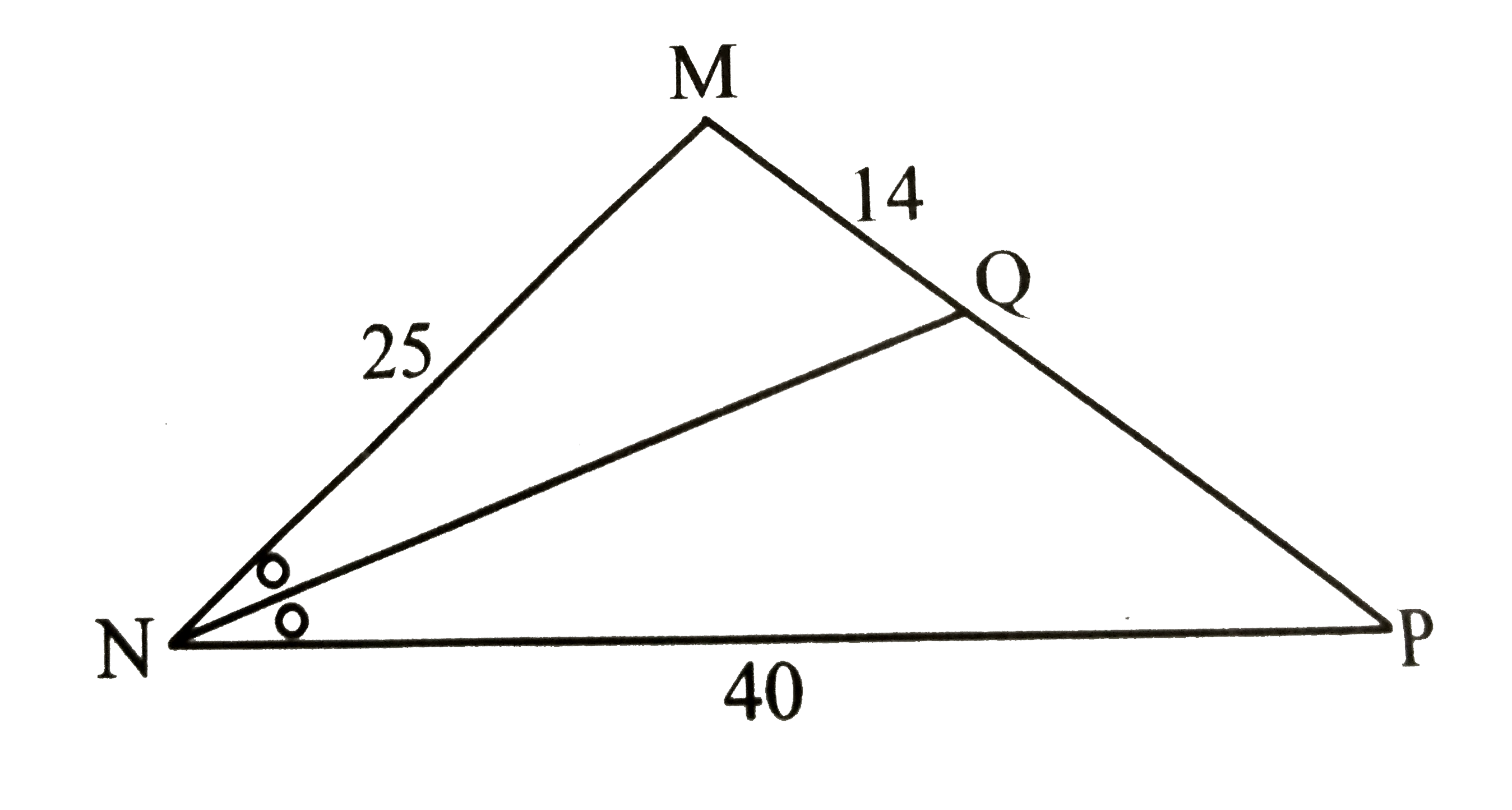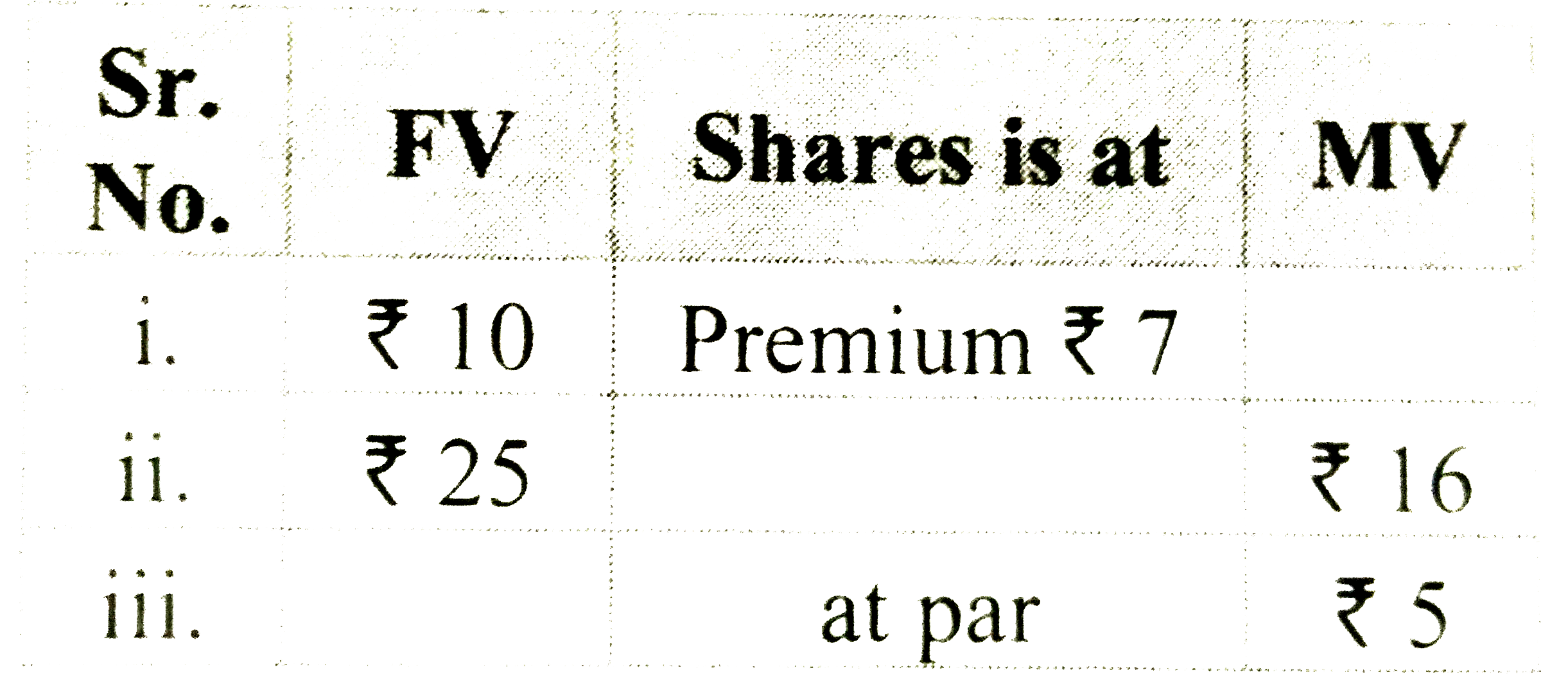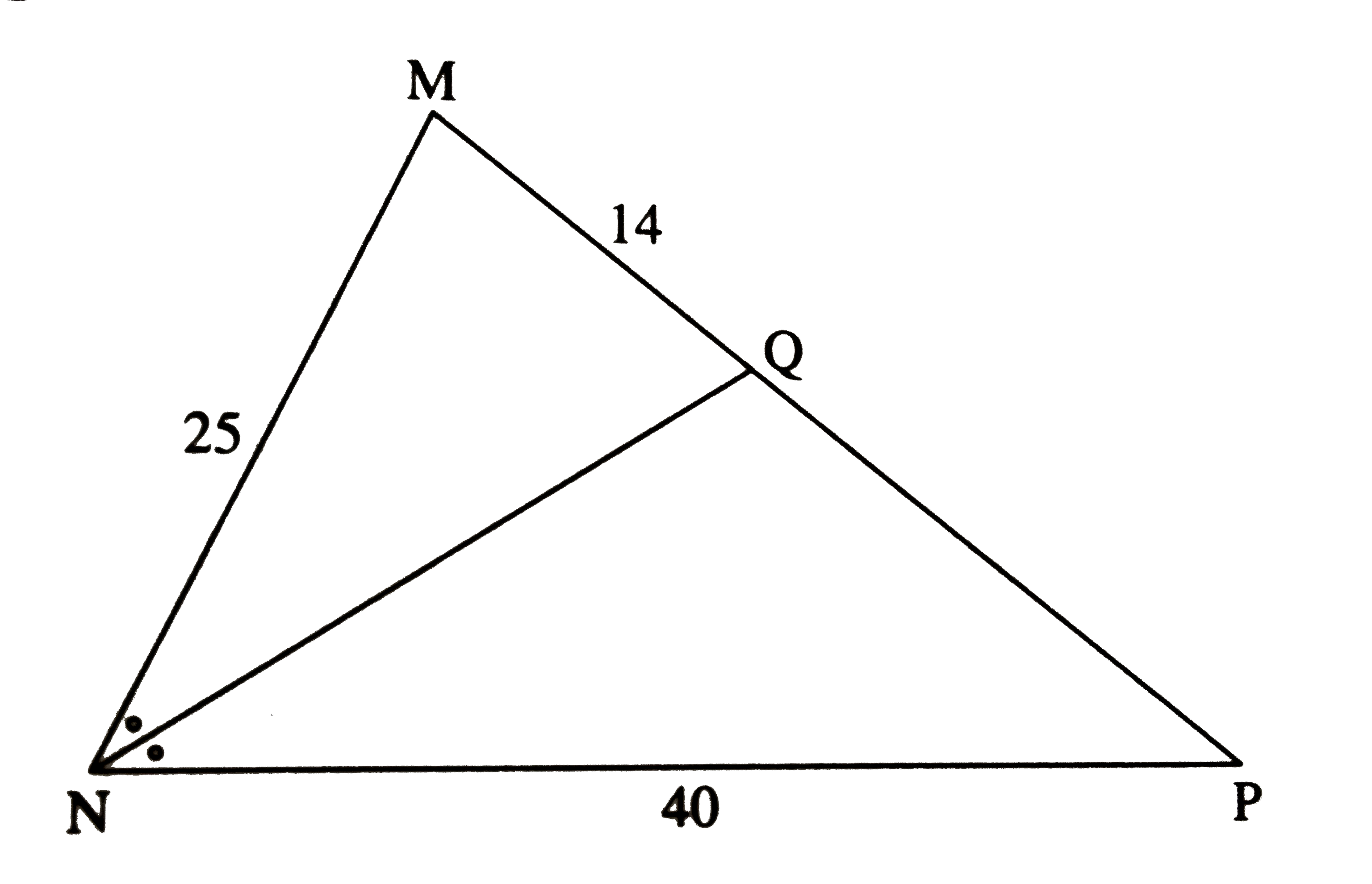When stretched thread is plucked, it starts a vibrating. The given information is used to make a
flute
veena
manjira
jaltarang
Step-by-Step Solution:
1. Understanding the Concept: When a stretched thread or string is plucked, it vibrates. This vibration creates sound waves that travel through the medium (the string) and produce sound.
2. Identifying the Instrument: The question asks what kind of instrument is made using the principle of a vibrating stretched thread. Instruments that utilize this principle include string instruments.
3. Examples of String Instruments: Common string instruments include the guitar, violin, and veena. These instruments have strings that are stretched and can be plucked or bowed to create sound.
4. Focusing on the Veena: The veena is specifically mentioned in the context of the question. It is a traditional Indian string instrument that has a stretched string which, when plucked, vibrates to produce sound.
5. Conclusion: Therefore, the answer to the question is that the given information is used to make a Veena.
Topper's Solved these Questions
- SOUNDBOOK - BEIITIANSCHAPTER - SOUNDEXERCISE - IIT JEE Worksheet (I. Single Correct Answer Type)
10 Videos
- SOUNDBOOK - BEIITIANSCHAPTER - SOUNDEXERCISE - IIT JEE Worksheet (II. Multiple Correct Answer Type)
5 Videos
- SOUNDBOOK - BEIITIANSCHAPTER - SOUNDEXERCISE - Summative Worksheet
10 Videos
- MOTIONBOOK - BEIITIANSCHAPTER - MOTIONEXERCISE - IIT JEE WORKSHEET (MATIRX MATCHING)
1 Video
- WIND, STROM AND CYCLONESBOOK - BEIITIANSCHAPTER - WIND, STROM AND CYCLONESEXERCISE - IIT JEE Worksheet (II. Multiple Correct Answer Type)
1 Video
Similar Questions
Knowledge Check
When a student tries to locate a specific piece of information In a text she is using
AScanning process of readingBSkimming process of readingCIntensive readingDExtensive readingTwo identical strings are stretched at tensions TA and TB. A truning fork is used to set them in vibration. A vibrates in its fundamental mode and B in its second harmonic mode.
ATA=2TBBTA=4TBC2TA=TBD4TA=TBWhen a stretched string of length L vibrating in a particular mode, the distance between two nodes on the string is l. The sound produced in this mode of vibration constitutes the nth overtone of the fundamental frequency of the string.
AL=(n+1)lBL−(n−1)lCL=nlDL=(n+1/2)l
Find QP using given information in the figure.

View SolutionComplete the following table using given information

View SolutionThe string of a sonometer is plucked so as to make it vibrate in one sement. The sound produced is called
View SolutionIn Melde's experiment the srting is stretched by an iron weight and the virbrates.When an electromagnet is switched on under the iron weight, the srting vibrates in 4 segments. Compara the pull of the magnet with that on the earth
View SolutionA vibrator makes 150 cm of a arting vibrate in 6 loops in the longitudinal arrangement when it is stretched by 15 g. The entire length of the string is then weighed and is found to weigh 500mg.What is the frequency of the vibrator ? Wjat is the sidtance beween two nodes?
View Solution
